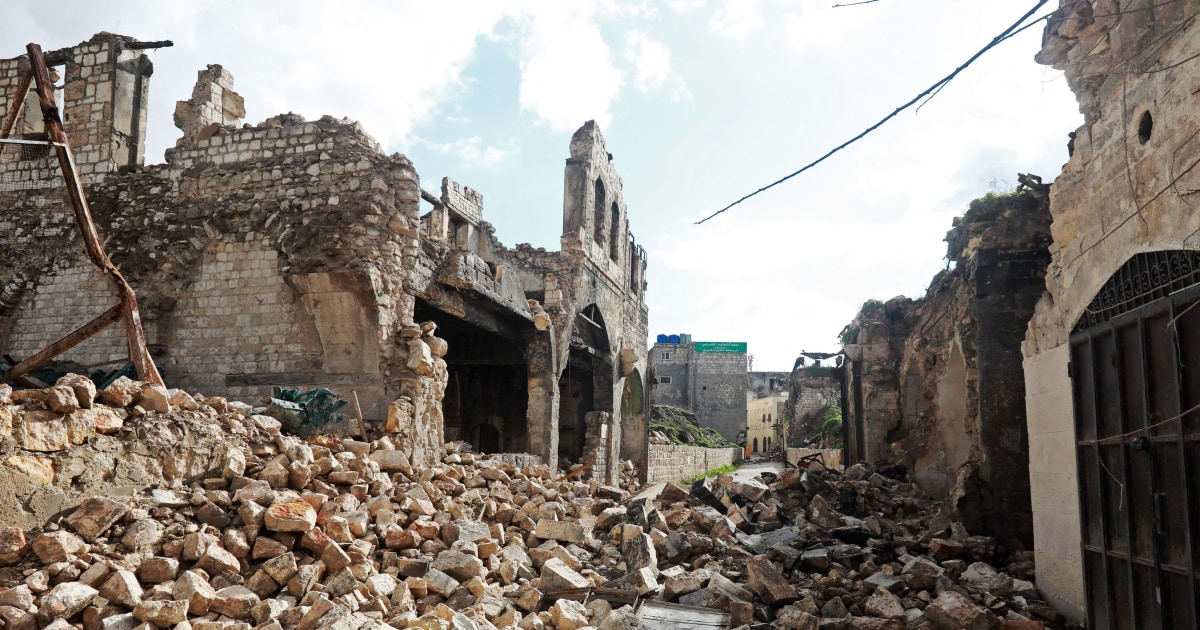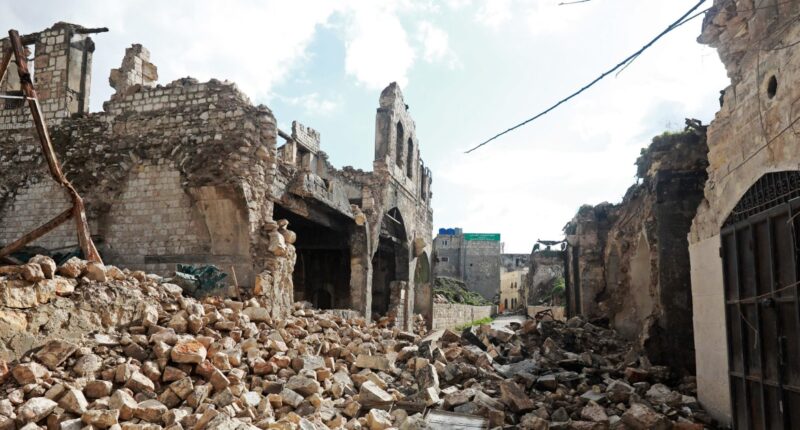
In Turkey, UNESCO said several buildings in the Kurdish-majority city of Diyarbakır in the country’s southeast had collapsed, raising fears for the Diyarbakır Fortress and the Hevsel Gardens Cultural Landscape, another World Heritage Site.
In the Upper Tigris River Basin, the fortress is of huge historical importance having played a role in times of Greek, Roman, Islamic and Ottoman rule. Its 3.6 miles of city walls remain a popular tourist attraction, thought to be second in size only to the Great Wall of China.
The agency also expressed concerns for the mysterious stone structures at Göbekli Tepe in the Anatolian mountains, which date between 9600 and 8200 B.C.; Nemrut Dağ, a temple-tomb in southeastern Turkey built in the first century B.C. by King Antiochus as a tribute to himself, and the 30-meter-tall Arslantepe Mound near the eastern city of Malatya, which was inhabited from the 6th millennium B.C. to the medieval times.
“UNESCO is mobilizing its experts … to establish a precise inventory of the damage with the aim of rapidly securing and stabilizing these sites,” the agency said.
One of the first major sites to show signs of damage was the imposing castle in the center of the city of Gaziantep in southeastern Turkey — not far from the epicenter of Monday’s first devastating earthquake.
The castle, which sits on a site that can be traced back to the ancient Hittite Empire, has been left partially in ruins.
The state-run news agency Anadolu reported that bastions, the part of a castle wall jutting outward, had been “destroyed” on the east, south and southeastern sides, with the debris spilling on to the road.
The castle was developed and expanded by the Romans in the 2nd and 3rd centuries A.D. The Byzantine Empire in the 6th century gave the castle its lasting guise by adding the walls and 12 towers surrounding the inner keep.
Source: | This article originally belongs to Nbcnews.com










